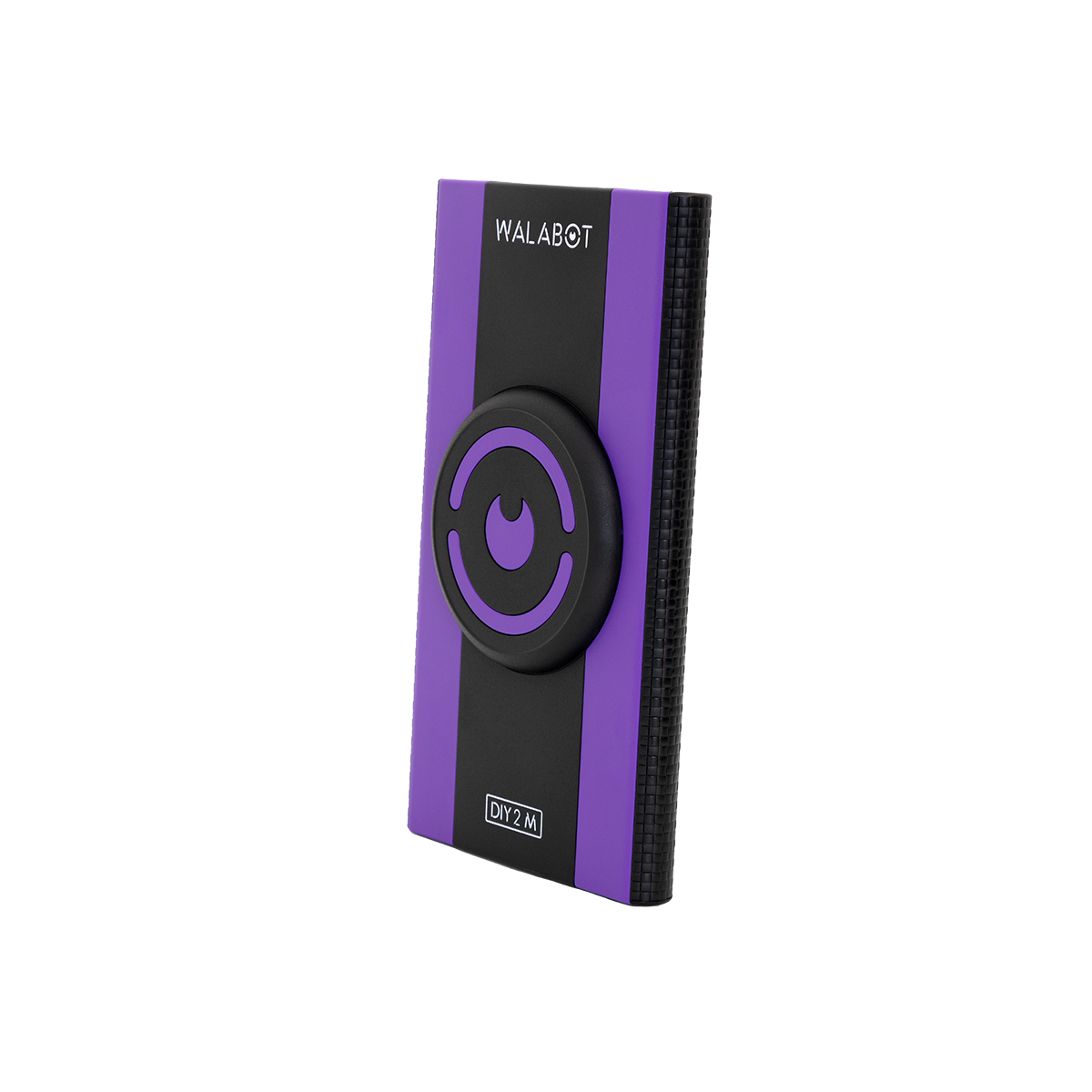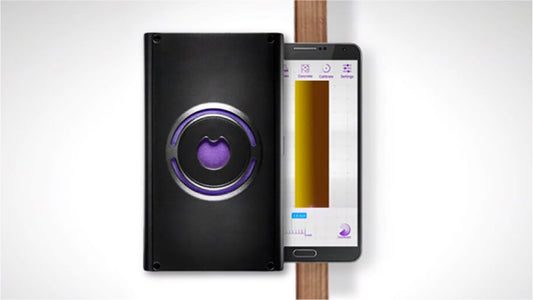The best way to find wood studs is with Walabot's stud finder, for real. It's true there are many options available out there. But there’s only one wood detector that lets you see through walls, so you can find studs, plumbing, electric wires, and more.

Do you want to find wood studs in the old way?
Then, there are a couple options:
- Look for Visual Clues: Check around electrical outlets and light switches for stud locations.
- Tap the Wall: Knock on the wall and listen for a solid sound indicating a stud.
- Measure from a Corner: Measure 16 or 24 inches from a known stud to find the next one.
- Use Magnets: Move a strong magnet across the wall to locate metal screws or nails in those wood studs.
Why Walabot DIY to find those wood stud?
What if you could see through walls? Amazingly, with Walabot DIY, what was once a fantasy has become a reality. Where other wood stud finders merely sense the presence of metal and provide users with a “ping”, this innovative wood detector uses radio frequency waves to penetrate common building materials and reveal the exact location of studs, pipes, and more. It even shows where pests are hiding.

How Walabot DIY Works ?
When passed over the wall, Walabot DIY bounces its radio waves over objects inside. It is then able to show you what’s inside the wall in a few different ways. There are three modes to choose from:
- Pan Mode – It’s recommended you get started with Pan mode. This view provides you with a map of the wall’s interior features, with bright bars on your phone’s screen indicating studs, wires, pipes, and cables. The overview captured can be used once or saved for future reference.
- Images Mode – Here, Walabot DIY shows you the location of objects such as metal or wood studs, plumbing pipes, and electric wires in real time. This imaging feature also shows the location of pests such as termites, rats, and mice. Clear graphics make it easy for you to determine what kind of object you’re viewing in Images Mode.
- Expert Mode – In Expert Mode, Walabot displays images of the raw radio frequency signals. It’s great for finding what are called anomalies, like the center of a stud. Or it can be used for pinpointing intersecting objects. It’s also ideal for tracing the path of wire or pipe, including recessed wires.





